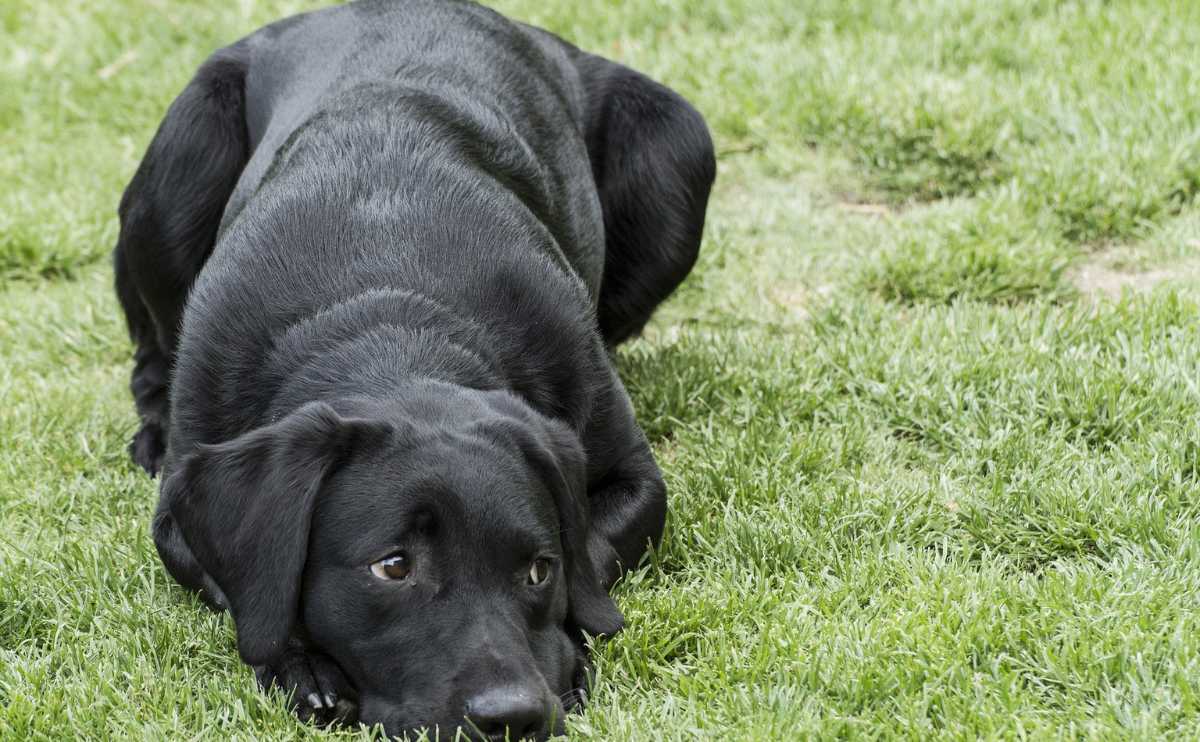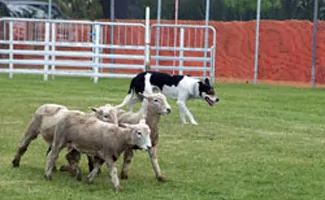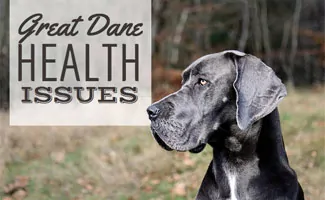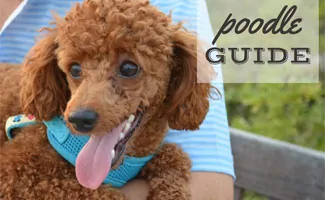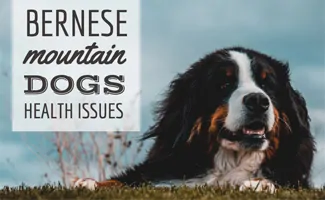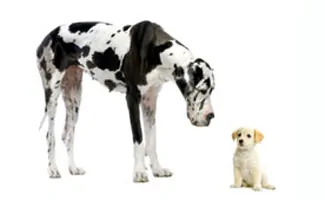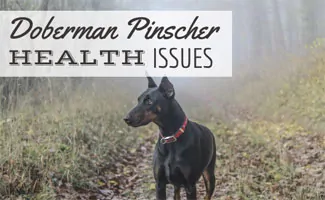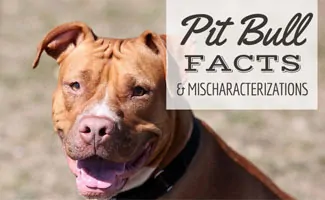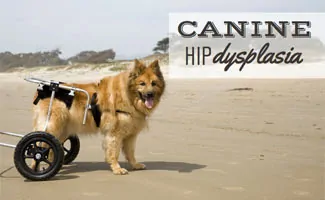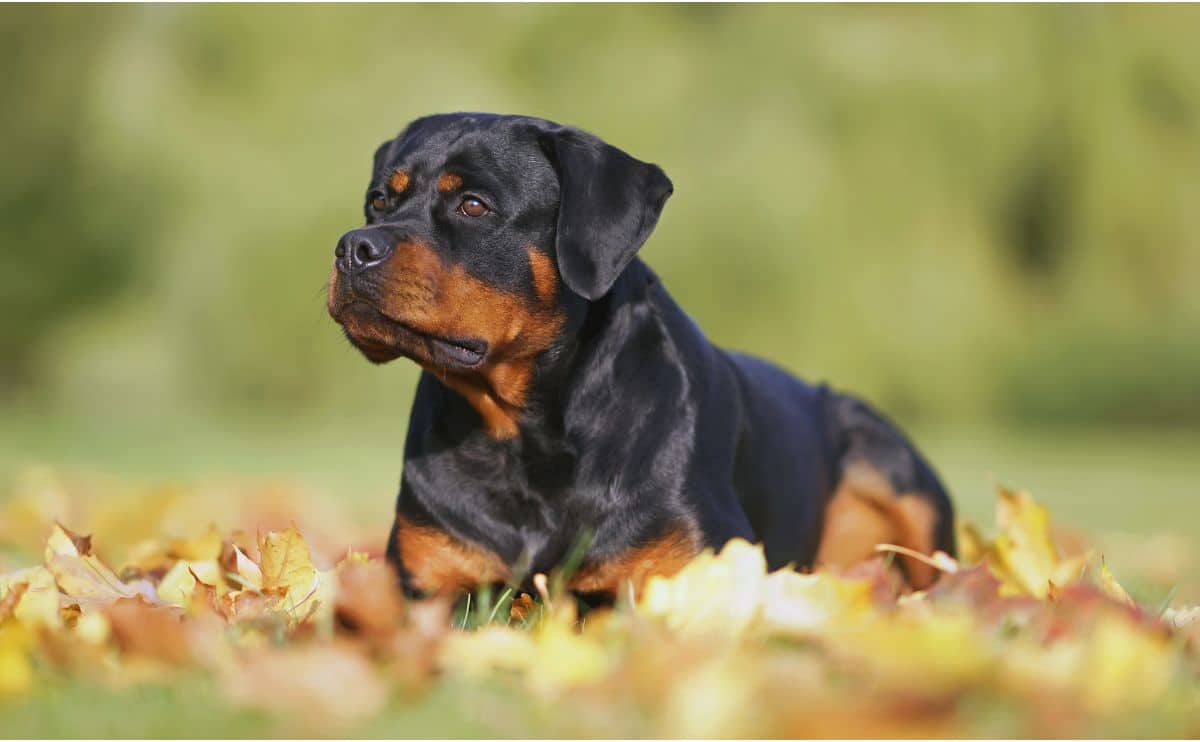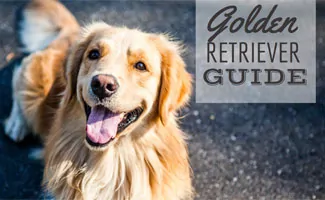Labrador Retriever: Everyone’s Favorite Family Pet
A particularly versatile and intelligent dog breed, it is no surprise that the Labrador Retriever has been among the American Kennel Club’s most popularly registered dog breeds for the past three decades. Beating out other popular breeds including the German Shepherd, Yorkshire Terrier, Golden Retriever and even the incredibly intelligent Poodle, the Labrador Retriever certainly stands a notch above the rest. So what makes this Canadian breed so popular? A wide array of physical and mental characteristics make the Labrador retriever a favored choice, and let’s not forget those big friendly brown and hazel eyes!
Labrador Retriever: Everyone’s Favorite Family Pet Read More »
